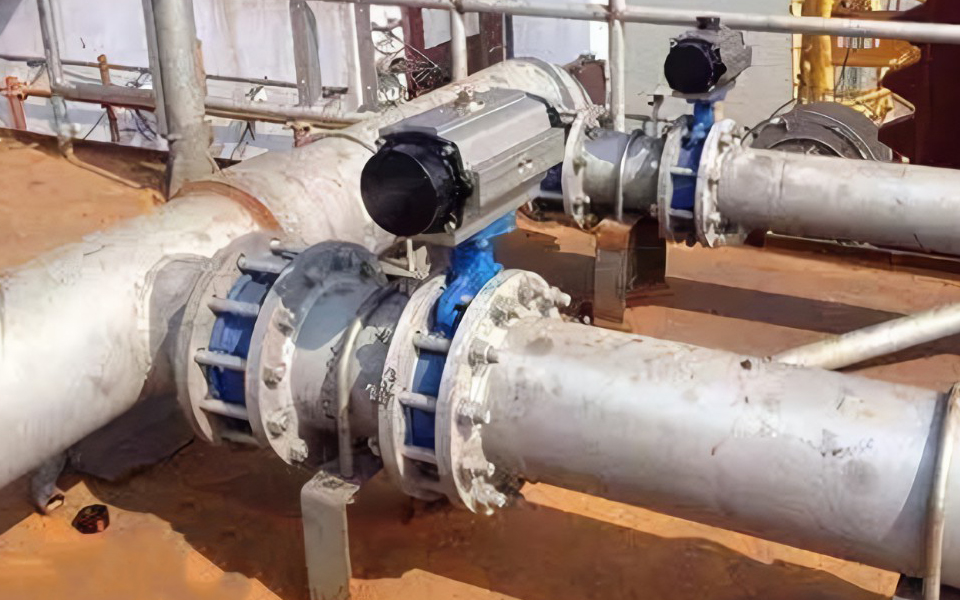INDUSTRY NEWS
Pneumatic butterfly valve field use precautions
The pneumatic butterfly valve is usually a combination of the pneumatic actuator and the valve body with some accessories connected and installed after debugging.
1, the control cabinet send signal valve does not act, after field observation of the pneumatic adjustment butterfly valve in the premise of the installation of the positioner and the installation of the solenoid valve, the strong current of the solenoid valve interferes with the signal output of the control cabinet, the valve can not receive the signal, so it can not work normally.
Solution: Remove the solenoid valve and remove the strong electric interference with the normal operation of the equipment (Note: The function of the solenoid valve is to play the role of the valve switch, the role of the positioner is to control the opening of the valve with 4 to 20 mA signal, so it is not necessary to install the solenoid valve under the premise of the positioner).
2, After the automatic switch to the manual state, the switch does not return to automatic. Due to the excessive force used by the field operator, the clutch pulling amplitude is too large, resulting in the internal gear stuck and unable to pull back the automatic.
Solution: When the clutch is pulled, the handwheel should be rotated back and forth with the internal turbine, so as to easily achieve the automatic hand switch (when the automatic switch in the hand, be sure to pull up the yellow card sleeve beside it).
3, the valve works normally, but the feedback has been in a state, the line on the site is thick, the hardness is strong and the connection is not very convenient, resulting in a screw falling, the wiring personnel directly take a long screw to tighten, so that the module is topped by the screw, causing a short circuit.
Solution: Replace the conventional screw model; It is recommended to use thin wires for connecting lines.

